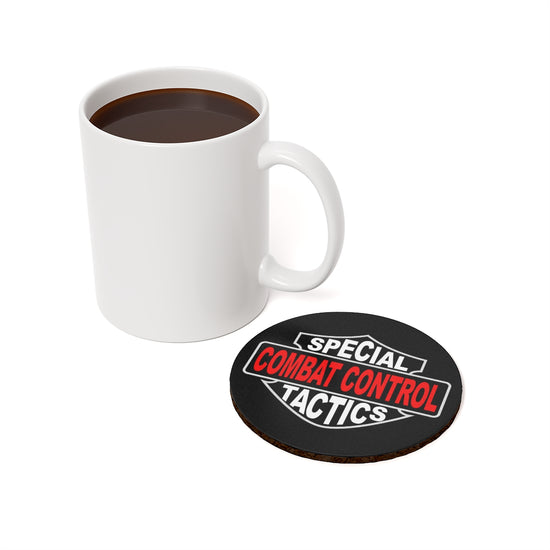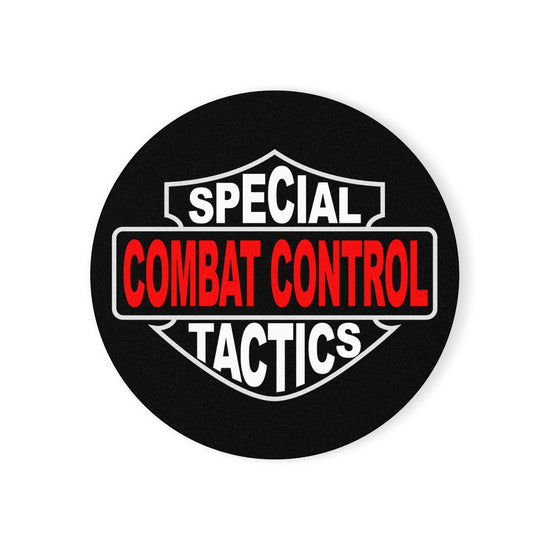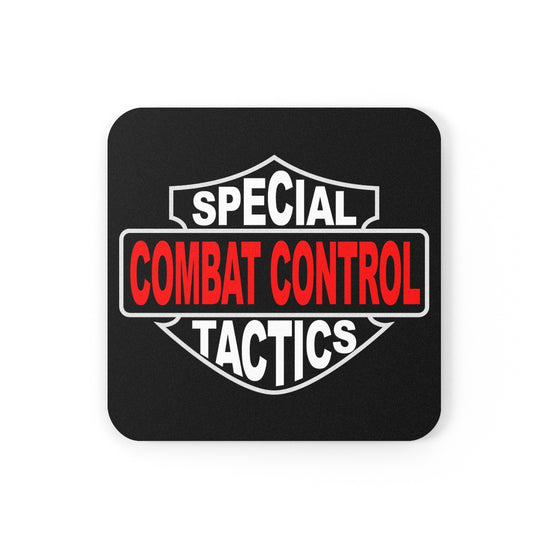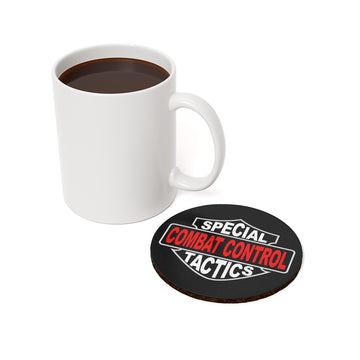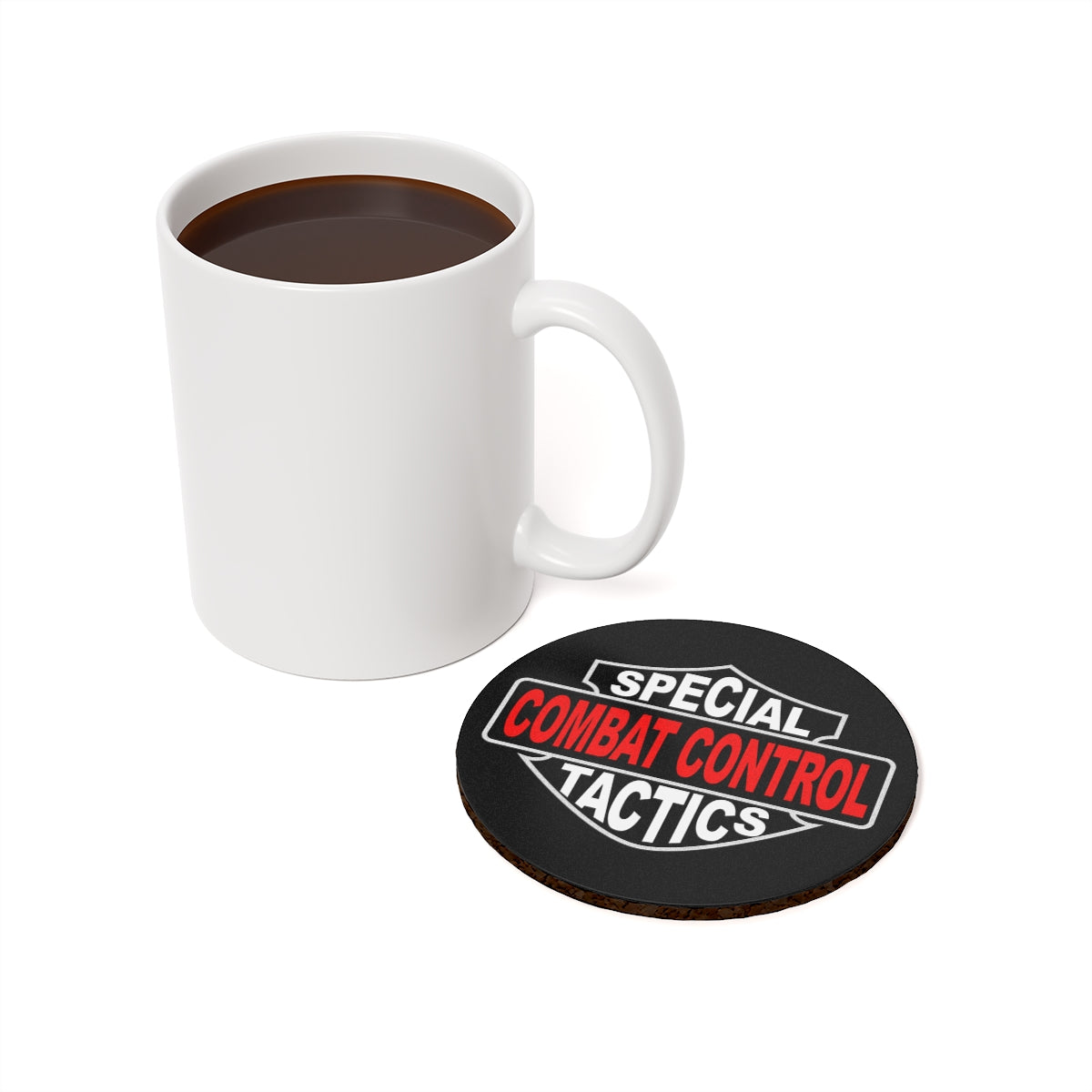


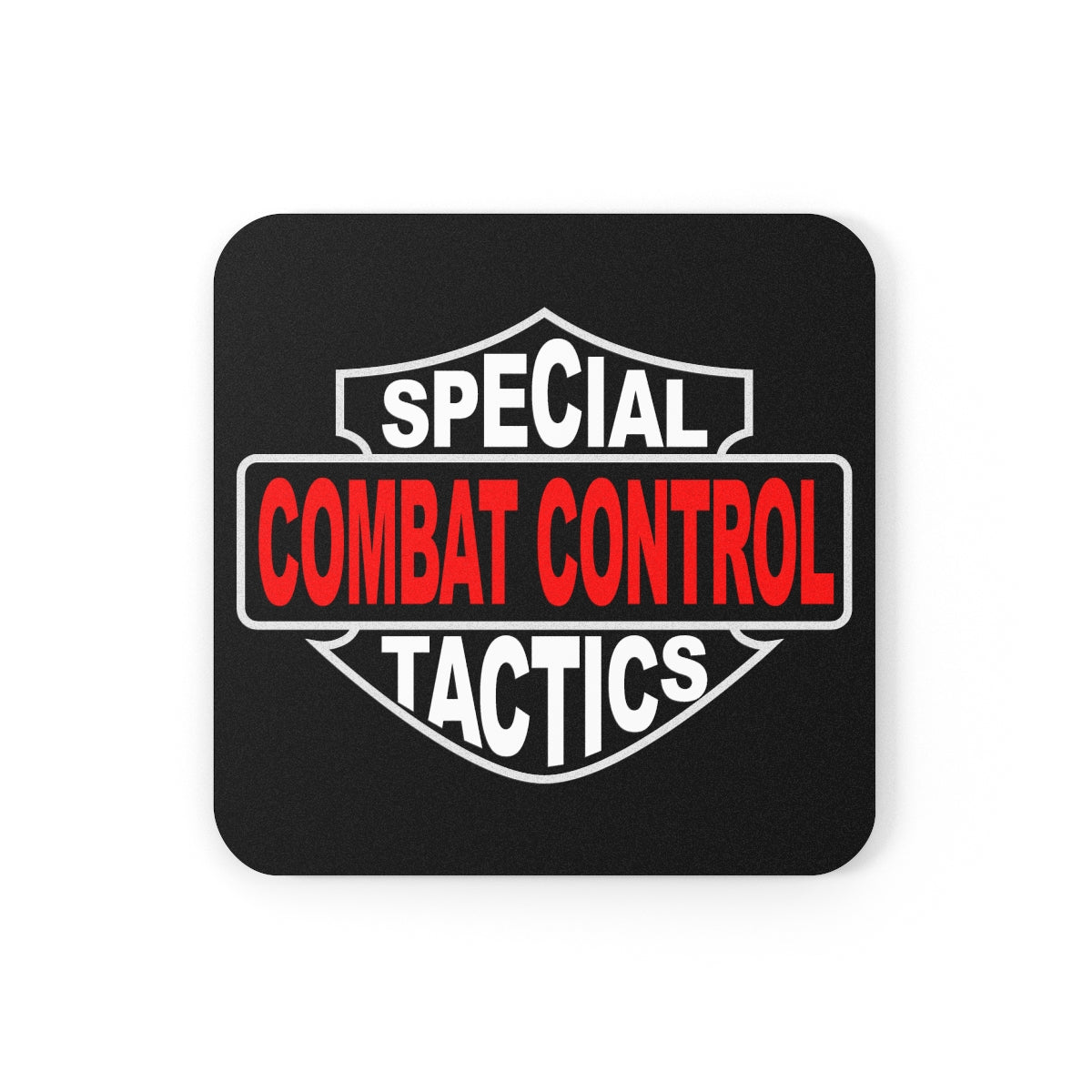

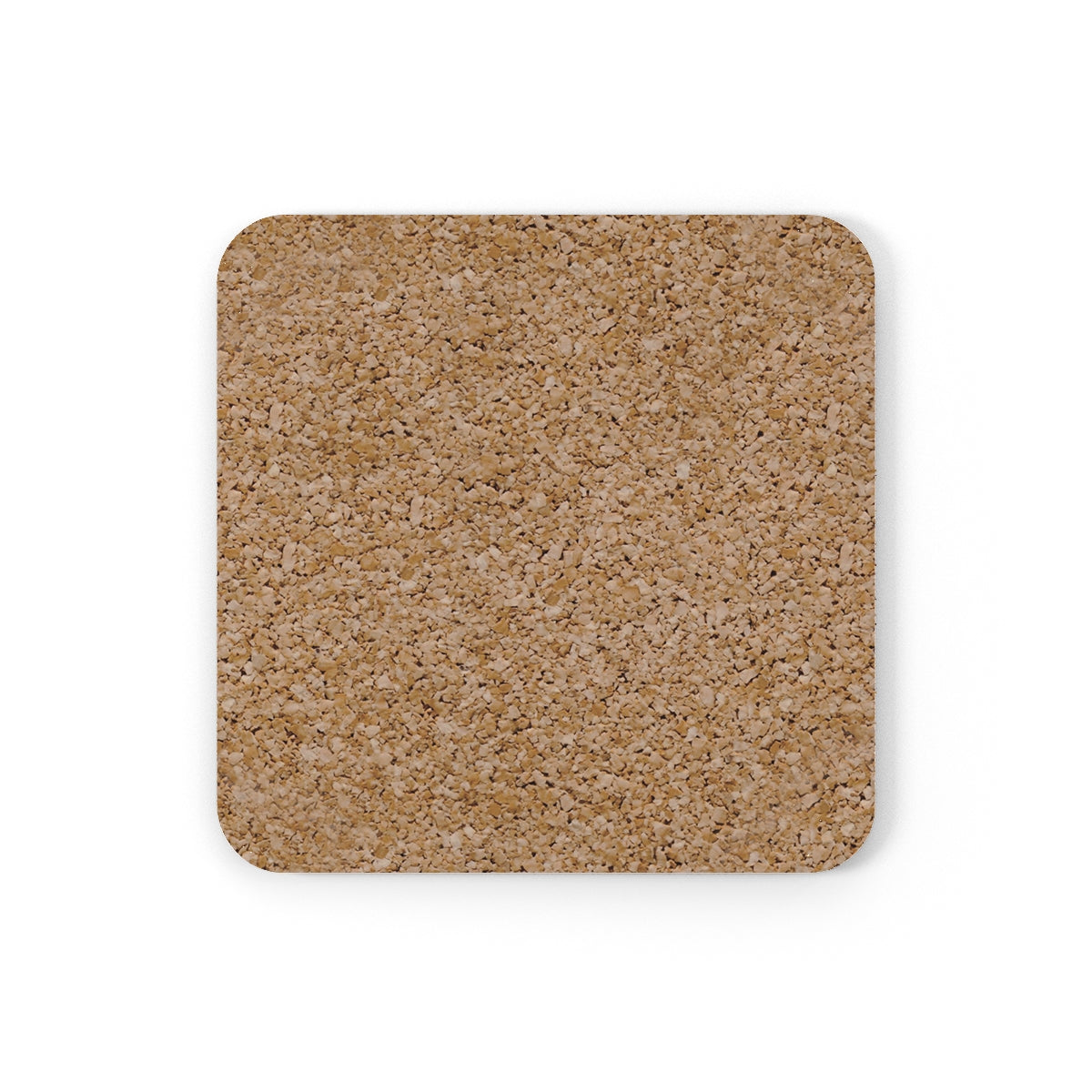
STS Combat Control, Cork Back Coaster Set
-
Free Shipping for orders $50+
Money back within 30 days for an exchange.
Built in the spirit of the old Harley-Davidson badge, this design isn’t about trend it’s about identity. Bold lines, block lettering, and a shape that feels like it belongs on the side of something loud, fast, and unforgiving. This collection carries that same weight.
Made for those who don’t just ride or work or fight but live it.
STS, Inc. is bringing back the old-school designs that meant something. Trademarked and unapologetic.
Product features
- Glossy finish with full-color decoration on one side
- Bright, vibrant colors achieved through advanced printing techniques
- Genuine cork bottom to prevent slipping and scratching
- Crafted from polyester-coated hardboard with a cork base
- Available in two sizes: 3.75" x 3.75" square and 4" x 4" round
Care instructions
- Gently wipe the dirt or dust off with a clean, dry microfiber cloth
EU representative: HONSON VENTURES LIMITED, gpsr@honsonventures.com, 3, Gnaftis House flat 102, Limassol, Mesa Geitonia, 4003, CY
Product information: Generic brand, 2 year warranty in EU and Northern Ireland as per Directive 1999/44/EC
Care instructions: Gently wipe the dirt or dust off with a clean, dry microfiber cloth
CCT History
Combat Control Teams (CCT) were established in 1953 to provide air traffic control and command-and-control capabilities in support of U.S. and allied special operations. Evolving from WWII pathfinders and glider operations, CCTs became essential for establishing drop zones, landing zones, and assault strips in denied or austere environments. Over the decades, they’ve deployed alongside every U.S. SOF element, enabling precision airpower in conflicts from Southeast Asia to the Middle East. CCTs are uniquely qualified as FAA-certified air traffic controllers and hold a wide array of advanced skills: they are certified Joint Terminal Attack Controllers (JTACs), combat divers, static-line and military free-fall parachutists (HALO/HAHO), qualified in demolitions, small unit tactics, survival/evasion/resistance/escape (SERE), communications, fire support coordination, and reconnaissance. Their ability to integrate air and ground operations under extreme conditions makes them one of the most versatile and mission-critical assets in U.S. special operations.
